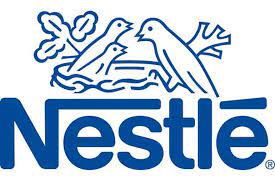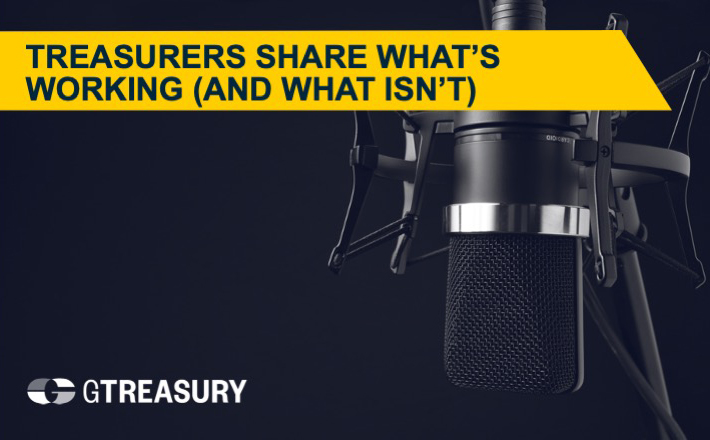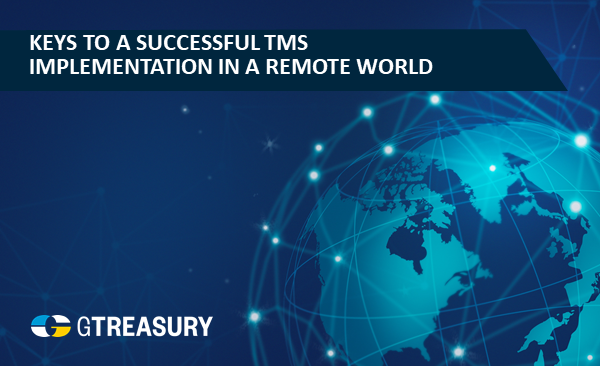
Nestlé S.A. is a Swiss multinational food and beverage company headquartered in Vevey, Switzerland. It is the largest food company in the world measured by revenues. Nestlé has around 450 factories, operates in 86 countries, and employs around 333,000 people.
Well known brands owned by Nestlé include Nescafé, Kit Kat, Perrier and Häagen-Dazs.
13 Years relationship between Nestlé and Coprocess
Nestlé first started using the Coprocess Netting solution in 2001. At that time, this was a Microsoft Windows based system. The current implementation, which was installed in 2012 is a pure browser Microsoft .net version. The system interfaces with the SAP, Nestlé‘s ERP system as well with the recently upgraded Quantum Treasury Management System.
Key figures for the netting
Nestlé has about 300 legal entities in 80 countries participating in the netting.
There are over 470 defined users that have access to the system. The system is installed on the Nestlé Intranet. Access is via browser (there is no software installed on the user‘s machine). The netting is run monthly and is payable driven.
Each month about 80’000 invoices are uploaded and settled through the netting. The netting system firstly automatically subtotals the invoices into balances. This result in about 2,500 gross balances. It then further consolidates these balances into net payments resulting in about 300 net payments per month. There are 18 currencies defined in the netting, all free convertible currencies including e.g. HUF, CZK, MXN, JPY, PLN, NZD, ZAR, etc. With the flexible currency management the system can handle countries subject to local restrictions like e.g. Brazil, Philippines, South Africa, Morocco, India, Malaysia, Thailand, Tunisia and Vietnam.
How does the netting work at Nestlé?
Nestlé’s Netting system is a payable driven system. Each subsidiary (or Shared service center) uploads via the browser their open payables on invoice level into the system. This must be done before the input cut-off. The bulk of invoices are extracted from SAP. The system can import and validate 10,000 invoices in less than 1 minute. As soon as these invoices are uploaded, the counterparty can see at any time their receivables on-line and each change is automatically updated into the netting statement of each subsidiary. Additionally, individual subsidiaries, Shared Service Centers and netting pools are defined in the system.
Once a month, on the Business day, the netting center finalizes the netting process. The FX worksheet in the system shows the FX exposure to be eliminated to avoid any currency risks. With the preliminary rates, the FX traders make the deals and the final rates are inputted into the system which automatically recalculates the final position to be received or paid. All net payments are transferred into Quantum, the treasury management system and the payments are then executed from there via Swift.
A final netting statement is sent via automatic e-mail to all subsidiaries including a receivable and payable file with all settled invoices to download back into SAP.
Nestlé‘s netting savings
The average monthly volume of cross border intercompany invoices (FX volume before netting) resulting in foreign exchange exposure is around USD 900 million to USD 1 billion. This reduces into an average net volume (after netting) of about USD 500 million. Nestlé thus saves around 5 bps on the reduction of foreign exposure or savings of approximately USD 3 million per annum. Additionally, Netting brings benefits in terms of reduction of settlement risk and reduced number of payments.
The benefits for Nestlé
- Large savings from the foreign exchange
- Easy interfacing with SAP and Quantum
- Discipline for intercompany payments
- Worldwide solution
Download the Success Story
DOWNLOADRelated Resources

Podcast
Treasurers Share What's Working Now (and what...

Webinar
Keys to a Successful TMS Implemetation in a R...

Webinar
A Roadmap for Benchmark Rate Reform
Ready to see GTreasury in action?
See for yourself why hundreds of organizations use GTreasury to empower operational efficiency, insightful analysis and strategic decision-making.